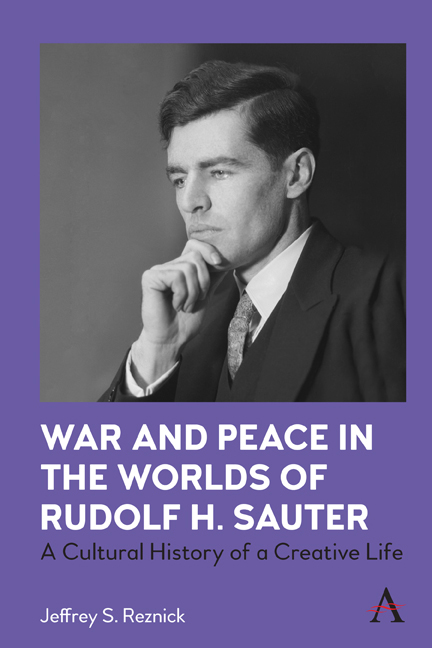Book contents
- Frontmatter
- Contents
- List of tables and figures
- Acknowledgments
- Introduction: Reconstructing a Creative Life
- Chapter 1 Beginnings, 1890–1914
- Chapter 2 Internment, 1914–19
- Chapter 3 Recovery, 1919– 24
- Chapter 4 Artistry I, 1924–39
- Chapter 5 Artistry II, 1939–50
- Chapter 6 Reflections, 1950–77
- Conclusion: Legacy
- Epilogue: In His Own Words
- Selected Bibliography
- Index
Chapter 4 - Artistry I, 1924–39
Published online by Cambridge University Press: 13 May 2022
- Frontmatter
- Contents
- List of tables and figures
- Acknowledgments
- Introduction: Reconstructing a Creative Life
- Chapter 1 Beginnings, 1890–1914
- Chapter 2 Internment, 1914–19
- Chapter 3 Recovery, 1919– 24
- Chapter 4 Artistry I, 1924–39
- Chapter 5 Artistry II, 1939–50
- Chapter 6 Reflections, 1950–77
- Conclusion: Legacy
- Epilogue: In His Own Words
- Selected Bibliography
- Index
Summary
Lilian died on October 27, 1924, at the age of 60, falling victim to her long-standing poor health made worse by the “countless anxieties and sufferings” of the war years and likely also by the stress of her postwar marital separation.“My dear mother passed away quite suddenly and very peacefully yesterday morning,” 29-year-old Rudolf wrote to Hermann Fiedler. “It was most unexpected although she had been ill for some time, but her passing was just as quiet as one could have wished— she slept.” Apropos of her death, Rudolf reprinted her 1910 poem “The Pause” and distributed copies to friends and family who attended her funeral:
Surely our life, in essence, is concrete,
Eternal verity and death
Only the pause in the incessant beat
Of many-pulsing life, the breath
Indrawn, the wave receding, that returns?
Not the eternal dark which severeth,
Not quenching of the light that burns.
Only a moment’s holding of the breath
A moment’s darkening of the sight,
A hush, a step, the unknown, openeth …
On the alternate wave-beat of the light? …
Responding to Lilian’s death the Nottingham Evening Post informed its readers not only that she was “the wife of Professor Sauter, the painter […] [and] John Galsworthy’s sister” but also that “Professor [Georg] and Mrs. Sauter’s house in Holland Park avenue was a rendezvous of literary and artistic London before the war, for Mrs. Sauter was a poetess of achievement, a frail little woman whose gentle personality was far-reaching in its personal influence.” As the paper concluded that “her son is pursuing art like his father,” a contemporary portrait of Rudolf, drawn by Georg in his German realistic style, depicted the young man facing new creative horizons. Here was a profile of a confident emerging artist whose creative mind was informed and inspired by his upbringing in Holland Park, by overcoming his war experience and by the love and support of his family. Now, after several years of retreating into literary landscapes, Rudolf sought to explore the wider world, but not before he faced a persistent challenge to his identity which echoed his wartime experience.
- Type
- Chapter
- Information
- War and Peace in the Worlds of Rudolf H. SauterA Cultural History of a Creative Life, pp. 93 - 124Publisher: Anthem PressPrint publication year: 2022



